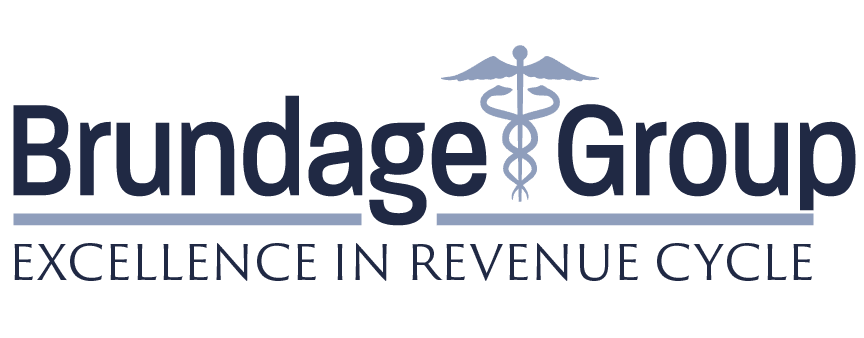Demand ischemia is an inexact term that is frequently used incorrectly. Demand ischemia is a physiologic description that should be used when the demand for myocardial oxygen is greater than the supply (supply-demand mismatch).
According to the Fourth Universal Definition of Myocardial Infarctioni a Type 2 MI should be diagnosed when there is:
- Myocardial injury as evidenced by cTn > 99th percentile upper reference limit (URL) AND
- Evidence of imbalance between myocardial oxygen supply and demand causing acute myocardial ischemia (one of the criteria below)
o Symptoms of myocardial ischemia (chest pain, SOB, etc.)
o New ischemic ECG changes
o Development of pathological Q waves
o Imaging evidence of new loss of viable myocardium or new regional wall motion abnormality in a pattern consistent with an ischemic etiology
Demand ischemia should be reserved for when there is evidence of supply-demand mismatch causing ischemia without an elevated troponin above the 99th percentile. If the troponin is > 99th percentile the diagnosis is a Type 2 MI.
Download the complete tip, Demand Ischemia.

